This article was published in Scientific American’s former blog network and reflects the views of the author, not necessarily those of Scientific American
There's no doubt that large amounts of snowfall and record-low temperatures have made this a particularly brutal winter. Between road closings, power outages, flight cancellations, and all that shoveling, it’s difficult to stop and acknowledge the beauty brought by winter before it melts away just as quickly as it came. Luckily, the January 20th, 1912 issue of Scientific American took advantage of the contemporary benefits of photography to display beautifully detailed images of intricate forms assumed by snow, frost, and ice.
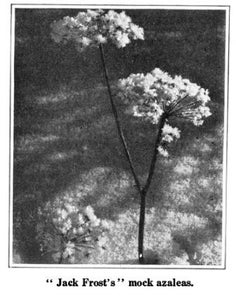
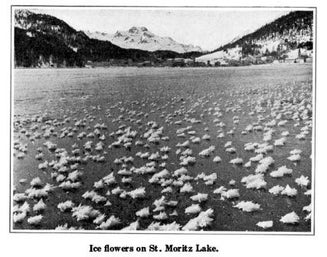
On supporting science journalism
If you're enjoying this article, consider supporting our award-winning journalism by subscribing. By purchasing a subscription you are helping to ensure the future of impactful stories about the discoveries and ideas shaping our world today.
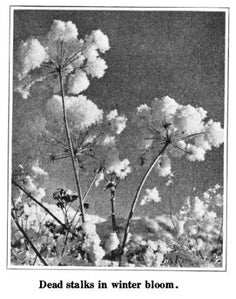
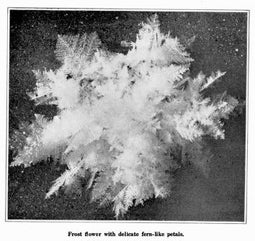
"Every flake of snow or atom of white hoar-frost is a crystal, so fragile and perishable that a touch, the sun’s fist rays, or even a man’s breath, will ruin its form in an instant."
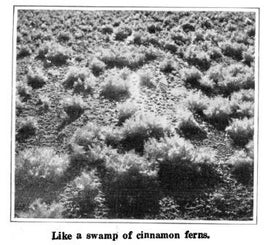
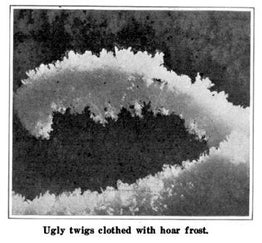
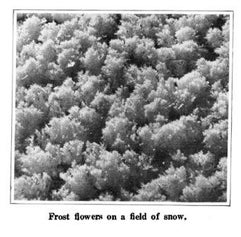
"Thus a simple mechanical process will teach you the complete story hidden within the petals of a December night’s frost flower on, let us suppose, a midsummer’s day ten complete years after the morning sun destroyed the original crystal."
Advances in microscope technology have allowed us to get much closer to snowflakes than may have been thought possible in 1912. Yet, the fascination and beauty projected by these images and the prose used to describe the excitement in examining such minute phenomenon need not be replaced. I hope these photographs help to soften the blow of snowstorms past and future, and if not, I apologize for the distress they may have caused.

About the Author: Mary Karmelek is a production assistant for Nature Publishing Group and is currently working on Scientific American's Digital Archive Project, where she spends countless hours scouring articles and ads of decades long ago. She graduated with her MA in English from Fordham University in 2010 and currently resides in New York City. While her educational background is in gender and war trauma in modernist literature, Mary also has a keen interest in the historical and visual documentation of science, nature and medicine.